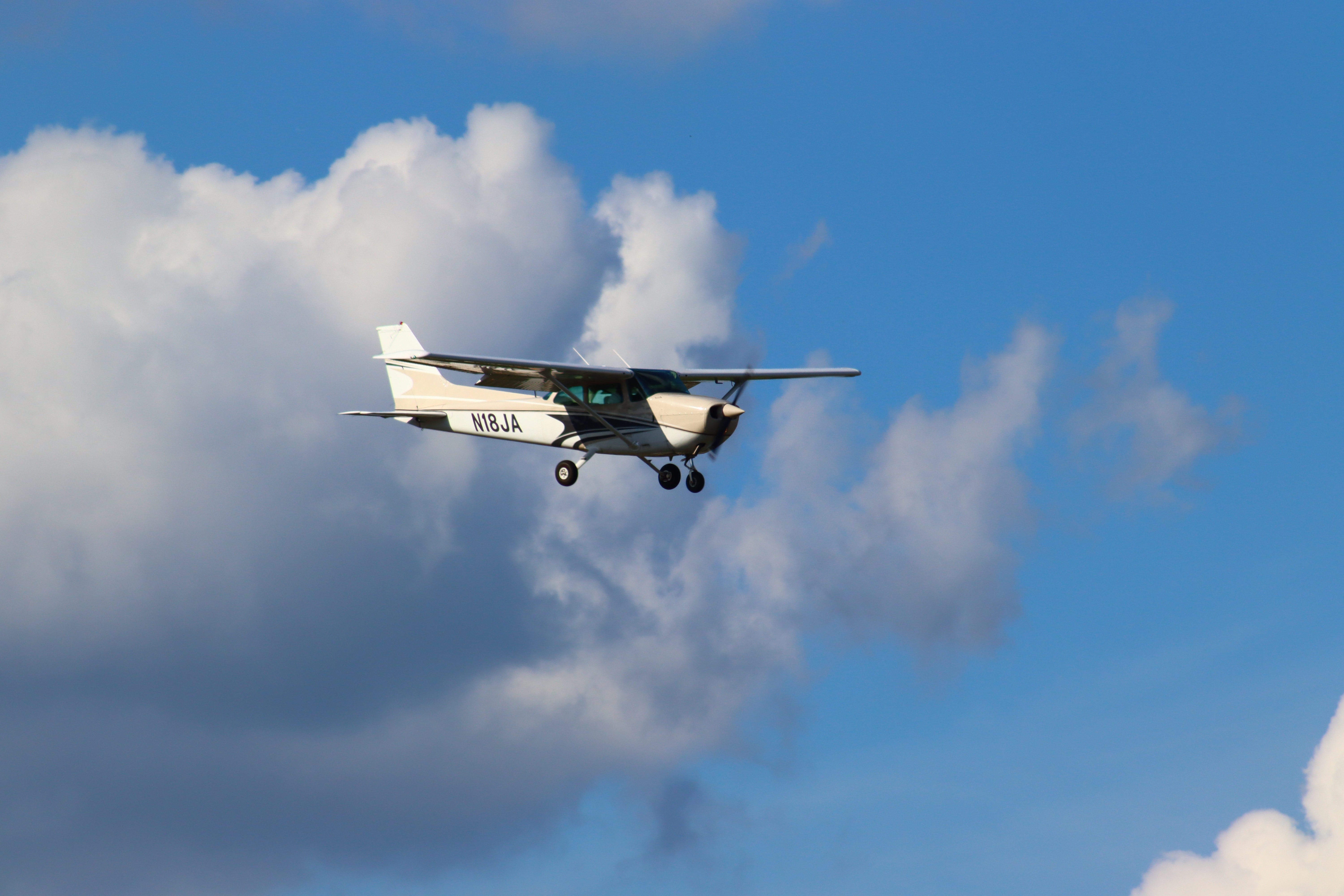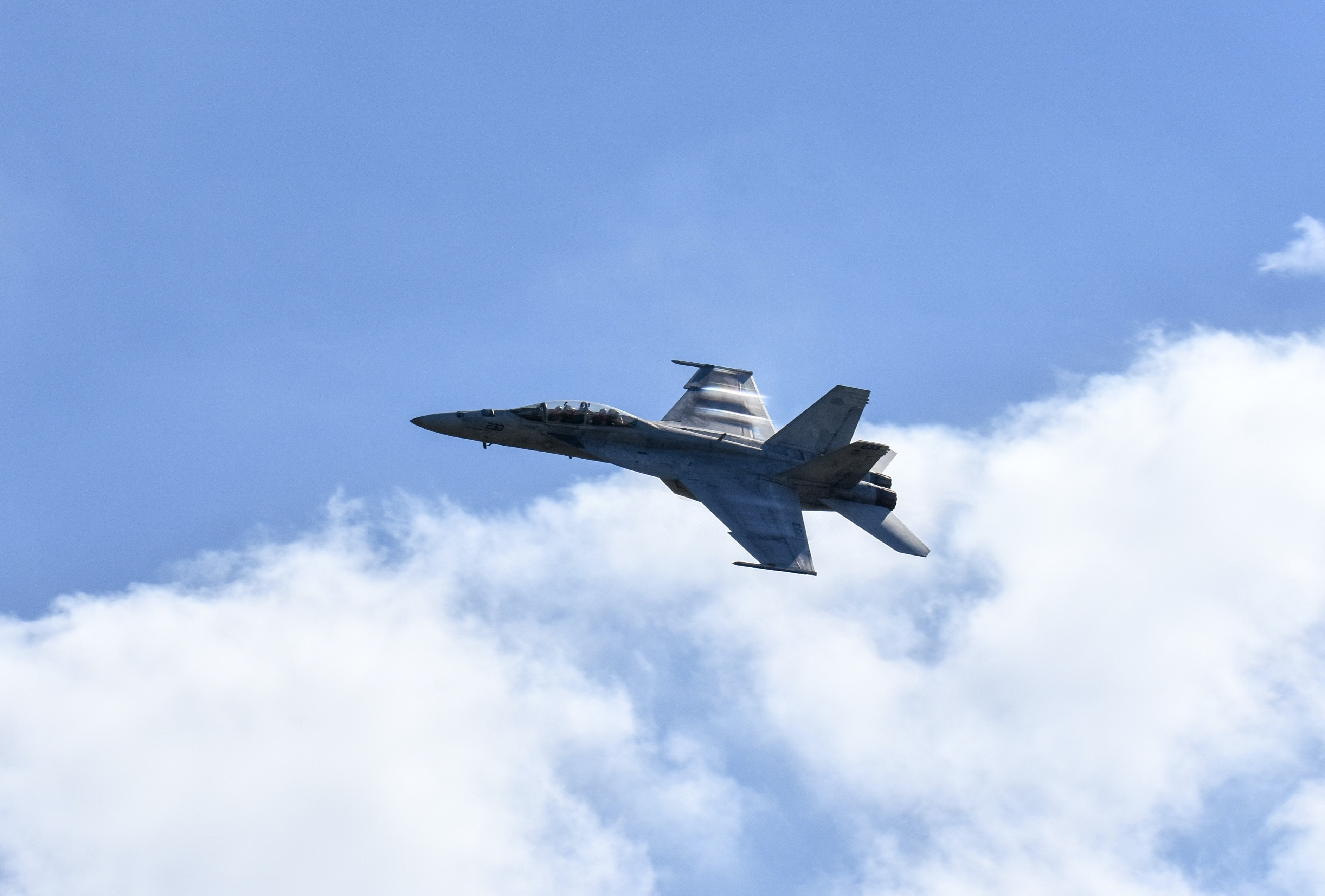Have you ever stopped to wonder how planes are able to soar through the air, carrying hundreds of passengers and tons of cargo over vast distances? The science behind the principles of flight is actually quite complex, involving a combination of physics, engineering, and aerodynamics. In this blog post, we'll take a closer look at the science of flight and explore the key principles that allow planes to stay up in the air.
One of the fundamental principles of flight is lift, which is the force that acts on an airplane's wings and lifts it into the air. Lift is generated by the shape and angle of the wings and the movement of air over and under them. When an airplane's wings are tilted at a specific angle and moved through the air, the air flows faster over the top of the wing than it does under the bottom of the wing. This creates a difference in air pressure, with a lower pressure above the wing and a higher pressure below it. The resulting force lifts the airplane into the air.
The shape and angle of the wings, as well as the speed and altitude of the airplane, all play a role in determining the amount of lift that is generated. In order to achieve lift, an airplane must be moving through the air at a certain speed, known as the airplane's minimum takeoff speed. At this speed, the lift generated by the wings is sufficient to overcome the weight of the airplane and lift it off the ground.

Another important principle of flight is drag, which is the resistance that the air puts on the airplane as it moves through it. Drag is caused by the friction of the air moving over the surface of the airplane and is influenced by the shape, size, and speed of the airplane. To reduce drag and increase efficiency, airplanes are designed with streamlined shapes and smooth surfaces. The wings, fuselage, and other parts of the airplane are carefully shaped and positioned to minimize the amount of drag they generate.
Thrust is the force that propels an airplane forward through the air. In most airplanes, this is provided by the engines, which produce a stream of high-velocity gases that push the airplane forward. The amount of thrust an airplane needs to stay in the air depends on its weight and the air resistance it encounters. To maintain steady flight, the thrust produced by the engines must be balanced with the drag and lift generated by the airplane's wings.
These are just a few of the key principles that are involved in the science of flight. Other factors, such as gravity and the airflow around the airplane's control surfaces, also play a role in how an airplane flies. By understanding and mastering these principles, engineers and pilots are able to design and operate airplanes that are able to safely and efficiently navigate the skies.
The science of flight is a fascinating and complex field that continues to evolve and advance as new technologies and discoveries are made. Whether you're a seasoned pilot or just a curious observer, there's always more to learn about the amazing capabilities of planes and the principles that allow them to fly.




Leave me a comment
Thank you for reading my post, if you want to leave a comment, you can do so below.